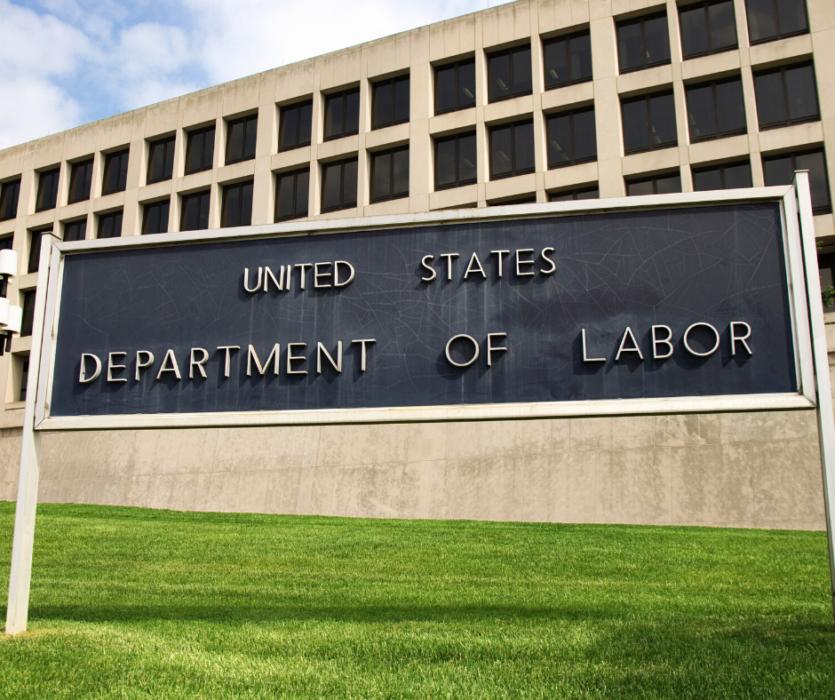
By Michael Burns, courtesy of SBAM Approved Partner ASE
On Sunday, January 12 of this week the U.S. Department of Labor issued final rules updating and clarifying joint employer status for workers employed by “affiliated businesses under the Fair Labor Standards Act.” The Final Rule, which will take effect March 16, 2020, changes the pro-worker guidance about joint employment status issued in 2016. That 2016 DOL guidance broadened liability for joint employment and treated virtually all employees in franchise operations also as employees of the franchisor and not just the franchisee.
The new finalized rules adopt a four-factor test to determine whether a worker in a franchise operation (two or more affiliated businesses jointly employing workers) in fact creates joint employment or rather the worker is simply an employee of the franchisee alone.
The new four-factor test looks at the relationship between the employer and employee where the employee’s work simultaneously benefits another individual or entity. It asks the following four questions:
-
Is it the franchisor or the franchisee that hires or fires the worker/employee?
-
Which entity controls the workers’ schedules or conditions of employment to a substantial degree?
-
Which entity sets pay rates and the method of payment?
-
Which entity maintains the employment records?
This four-factor test updates the Fair Labor Standards Act (FLSA) joint employer rules for the first time since the late 1950’s. It is seen as a clarification to recent rule interpretation that would expose employers in a franchise (and many other independent contractor relationships) with a challenge as to which employer is liable for worker wages, wage violations, employment discrimination lawsuits, and potential collective bargaining units.
Though technically speaking these joint employment “rules” are considered interpretive, and although they may have a bit more authoritative heft then the 2016 DOL guidelines they superseded, employment law experts state they still may not rise to the level of a legislative rule. As such, it is up to judicial deference as to how much weight a court may give it when an issue is being litigated about joint employment testing. Legislative rules are generally given the highest court deference unless they exceed the reach of the law they speak to. That was the case when the Obama administration set the Fair Labor Standard Act exemption salary level test so high a court found it changed the intent of the law itself.
For a copy of the Final Rules on Joint Employer Status click here.